Aesthetics & Narrative in Glitch

Image © Mathieu St-Pierre
Due to the accessibility of digital techniques in what was previously a predominantly analog process, there are varying degrees of visual complexity to modern glitch products. The works of Ant Scott, a multimedia artist from England who had been a recognizable name in glitch art since 2001, are simplistic color mosaics which pretend to be nothing more than happy accidents. Positioned within an earlier period in the artistic exploration of glitch, Scott’s work speaks to the more pure representation of anomaly than most, by relying less on the interference of artistic intention and more on the communication of accident solely through color and incidental shape.
By comparison, the works of Mathieu St-Pierre exhibit a much more deliberate aesthetic, with colors bleeding into extraordinary hallucinations, seeming to alternate between the geologic artistry of opals and agates, and the rippling distortions of liquids. In both cases, the artist’s touch is evident in the chosen source material and the final form in which the glitch is presented.

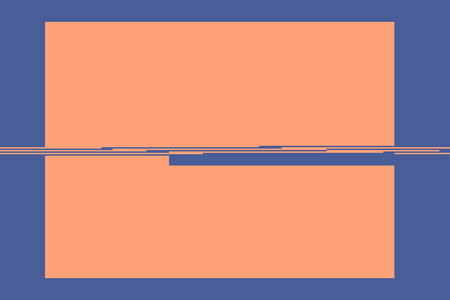

Images © Ant Scott
An initial source of narrative within glitch art may be found in the very nature of decay; an image’s corruption can appeal poetically to error, chance and brokenness. When personal or historical photography acts as the source material for image degeneration, glitch art is no longer limited to a self-referential identification in visual form; it is no longer glitch art for the sake of glitch. Deliberately corrupted photography enables elements of symbolism, thereby creating active dialogue between artists and viewers.
“I believe that there is Qi (energy) to every single work of art in the world,” explains Washington-based South Korean artist Yaejin Lim. “When I see a strong work of art, I feel that strong energy. I believe that if the artist put a lot of energy and time into the work, it will show. This also applies to glitch art.”
This energy can also be understood as the collective history made present through images and their composing elements, including where an image originated and where the image is encountered. When one considers an artist’s existing relationship to the source material and how he or she changes it by corruption, glitch images rooted in consciously-selected source material may actually express more about an artist’s intention and process than the final works themselves.
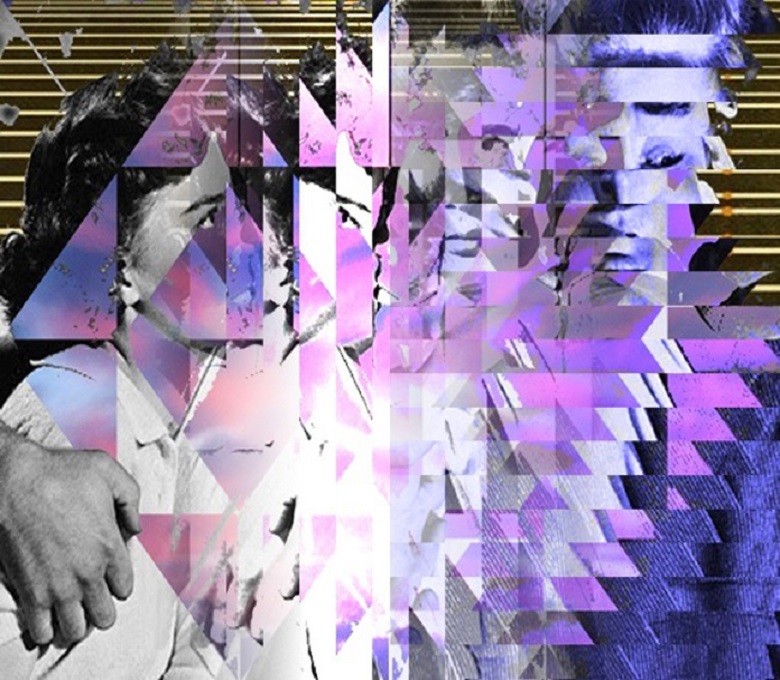
“Recognizable images are a reflection of my use of public domain stock,” explains Vancouver-based artist Stephen “Leafriver” Loftstrom, “but some figures, like Natalie Wood, have personal meaning to them. I like using really old pre-social movement photos, Native art (because of my Métis background) and anthropomorphic images, too. They hold a lot of untapped potential in their energy.”
By selecting photography of Russian-American actress Natalie Wood, for instance, Lofstrom highlights a significant inspiration. Natalie Wood was a daughter of Russian immigrants and gained fame as an actress between the ’60s and early ’80s. Born Natalia Nikolaevna Zakharenko (Наталья Николаевна Захаренко), she was subjected to an insidious change of her name to an Americanized version, first by her family’s decision to choose the less conspicuous name of Gurdin upon emigrating to the United States, and again, due to pressure from film industry executives that she change her name to Wood.
Her story is one of not only a corruption of personal identity, but an attack on the cultural heritage of a woman whose identity did not conform to American prerogative. Russian immigrants are frequently confronted by the subtle oppressive systems within North American bureaucratic process for name registrations, including the removal of customary patronymics. For the image of Natalia, a pop-culture figure who became known by a name foreign to her, to then be used as a subject of Loftstrom’s glitch art enables dire conversation around the deliberate corruption of cultural identity, despite glitch art being an appropriately unanticipated platform for such discussion.
Emotional Validity in Glitch
According to Argentinian artist Tom Cabrera, glitch can empower the initial message of a photograph as opposed to simply corrupting it. Messages that were evident in the original photograph don’t have to be scrambled beyond recognition; in fact, distorted visual data facilitated by the glitch can allow messages to come through in more powerful terms. In this way, Cabrera’s glitch experimentation is not limited to solely to the presence of image decay, but explores the emotional capacity of destroyed image, communicating the energy that Lim and Lofstrom spoke of in a more overtly spiritual way.
“Considero que en mi obra, el glitch funciona mucho para volver aun más sombrías aquellas fotografías que ya tienen una densidad dramática importante. Éstas están siempre todas al borde de la vida y la muerte, en una suerte de limbo donde la realidad se diluye y se deforma constantemente, se inunda de violencia. El glitch aparece como un potenciador de los elementos puestos en juego en la fotografía, ofreciendo una nueva perspectiva que cuestiona y complejiza lo figurativo. Las líneas rompen las formas, abriendo heridas que son difíciles de sanar y donde comienza a supurar la emoción.” – Tom Cabrera



Images © Tom Cabrera.
By featuring cemeteries and religious symbols in his works, Cabrera further engages with the deeply personal layers of narrative that can be enriched through the use of glitch. Place is an especially prominent theme for Cabrera’s glitched photography, explored in deliberately abstracted form. Steel bridges are transformed into menacing arachnids, their feral pulse scratched into the skies by overhead power lines. Rooms and hallways, once environments that could be identified and sought for comfort, become distorted into a single continuum with surreal ambiance. Cabrera deceives our perspectives and orientations, making the focal point of his glitch art that of despair and discomfort, ripped out of nightmarish phantasms.
“De alguna manera, el glitch transforma la manera en la que miramos el mundo al igual que sucede cuando adquirimos una postura espiritual ante las cosas que nos suceden. Entonces, transferimos toda esa carga espiritual a la herramienta que me permite deformar la figura a partir de lo que cada imagen ya me inspira de por si – por el momento en el que la saque o cuando luego de mucho tiempo la volví a ver -. Intentamos buscar en lo espiritual maneras nuevas de comprendernos cuando las demás respuestas han agotado su sentido.” – Tom Cabrera


Images © Tom Cabrera
A Critical Reinterpretation
The intentional approach to glitch as a medium for narrative and emotional expression, however, meets some resistance from glitch artists, audiences, and critics who are skeptical about the enduring relevance of glitch art. Ant Scott expresses a sense of disillusionment with glitch art based on what he perceives to be a limiting plateau at which glitch has arrived — a perception he says was also considered by fellow multimedia artist and co-author of Glitch: Designing Imperfection, Shay Moradi.
“I’d hoped glitch art would gradually become more visually sophisticated and have something to say beyond harping on about the process by which it is made,” admits Scott. “Instead, glitch art is a stylistic effect, just a filter like Instagram, and even the more highbrow glitch art is all about process and nothing about content.”
Such an argument contrasts dramatically against the deliberate use of corrupted imagery for glitch-driven narrative by artists like Cabrera and Loftstrom. Criticizing the incarnation of glitch art that focuses on raw data error and absence of intentional narrative, Scott questions the capacity of glitch to communicate emotion at all.
“In general, I’m sorry to say that glitch art simply doesn’t ‘do’ emotion. It’s not a good match,” he asserts. “You might as well get teary-eyed while poring over a schematic diagram for a NAND gate.”
Scott’s inclination towards content-centric art reveals an antagonism towards the very premise of glitch art; capturing technological error does not on its own posit any artistic motivations. In Scott’s assertion, it would be absurd to attach an emotional vocabulary to the product of a form of glitch art that does not attempt to communicate a particular narrative.
As aggressive as this perspective is, it fundamentally incites artists and audiences to become more conscious of both stagnation and latent potential within glitch art. A critical line of argument towards glitch raises the issue of censorship over which artistic products are acknowledged as appropriate mediums to convey emotion. The reality which glitch art faces in its potential evolution is that much of its perceived relevance will lie in an ability to communicate with audiences on deeper levels. This would initially seem to require visual products that are not preoccupied only by the source or method of their creation. To what extent, however, does this focus on content actually sabotage not only the principle of glitch, but the very subtle critical commentary that relies on an absence of intentional narrative? Does the original purposelessness that early glitch artists played with still maintain a role in the artform, and is it really accurate to say that glitch art has reached a plateau?
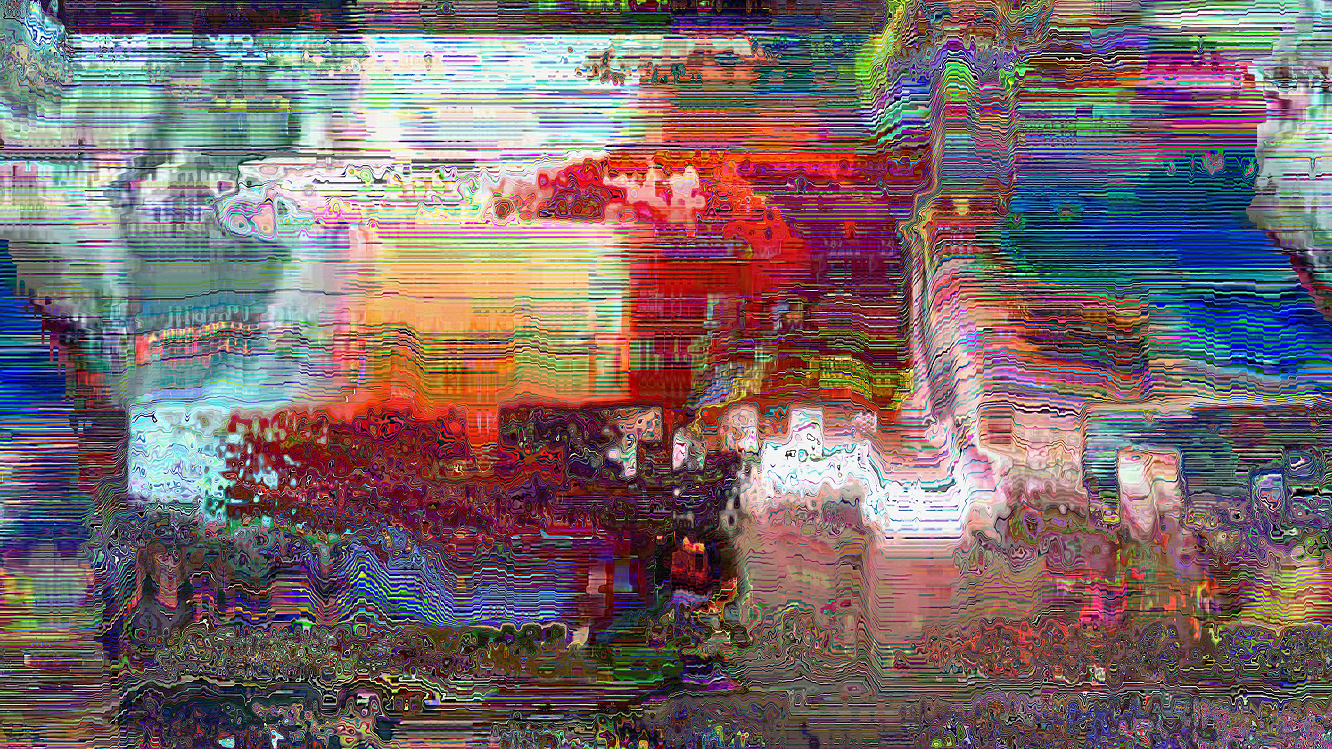
Image © Mathieu St-Pierre
“El glitch genera una doble lectura sobre la obra: la del error mismo que produce la máquina por la que pase la imagen y la de la imagen que quiero mostrar. Ese rompecabezas que intento plantearle al espectador hace más interesante el hecho de mirar la imagen, ya que nos detenemos tal vez en detalles que si solamente fuera la fotografía, no veríamos. Cuando uno deforma las cosas, las personas tienden a buscarle la forma nuevamente – el origen – y en esa reconstrucción, es donde yo encuentro un punto fuerte para captar su atención. La fotografía es la excusa para mostrarles lo maravilloso que es cuestionar la forma de las cosas.
Image © Mathieu St-Pierre.
GLITCH ART INFLUENCES & CONCEPTS: PART 2
KARBORN // “Illegal Films of Angels”
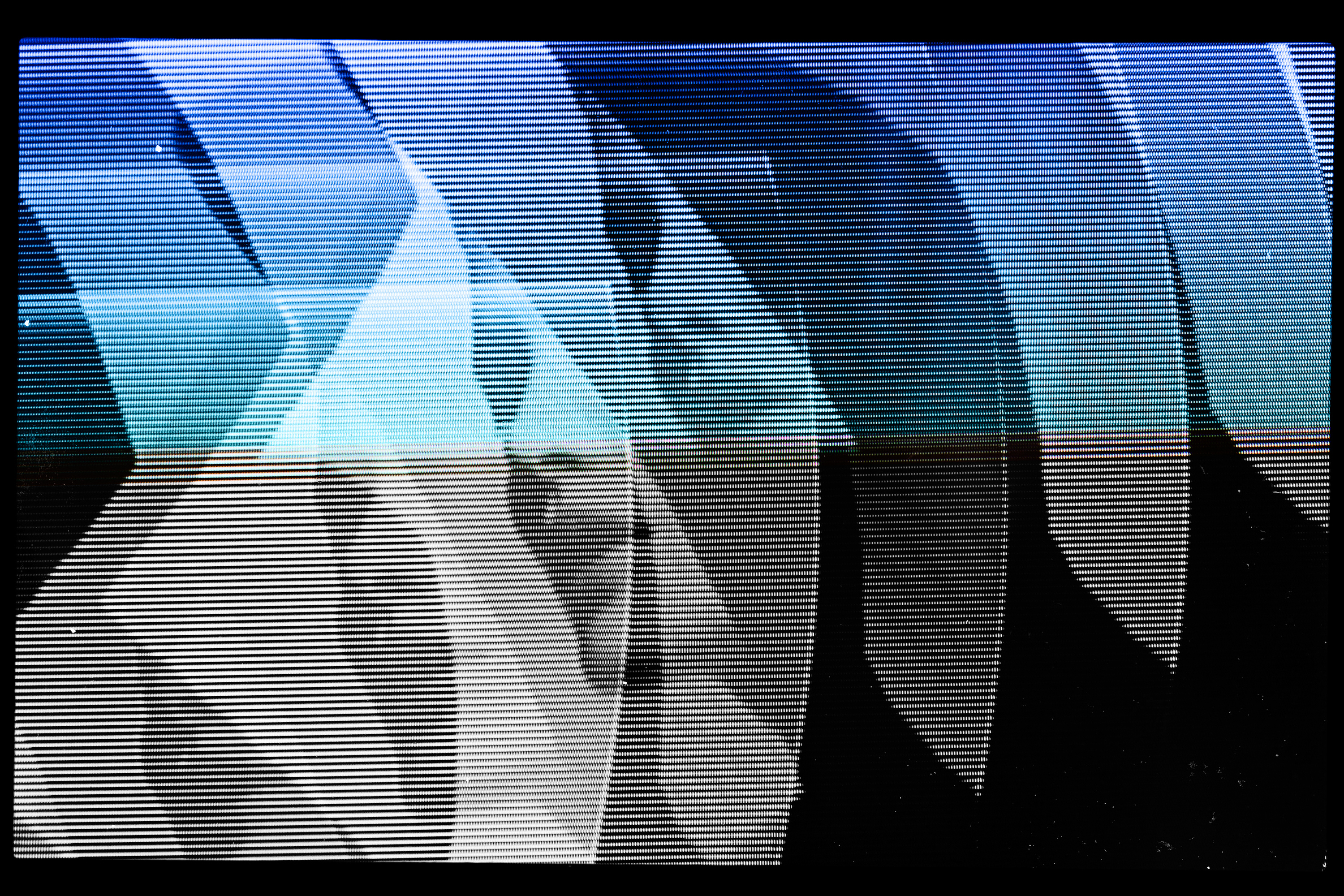
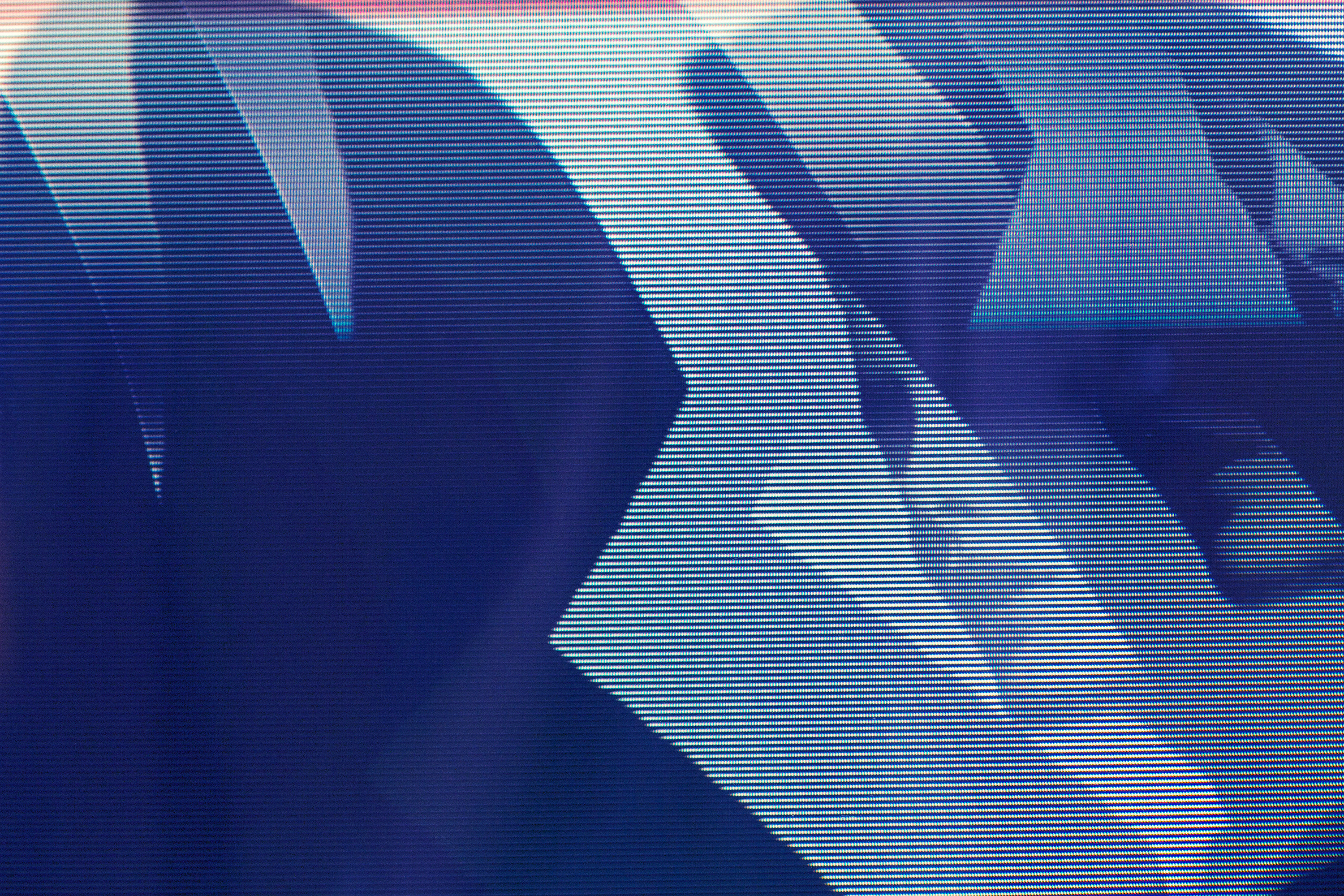
“She’s my c-beam split fantasy. I bent her over blue delay spikes… Those glitches were the work of analog machines… An Amiga1200 tapped into the great TV prayer bank in the sky. She was a stolen glimpse, I couldn’t get anymore. The governments asking for evidence but all I have are porno flicks of Angels… and the only saint for me is in that machine. They live in lost frequencies now. These are the ghosts of analog machines, found in noise, stolen glimpses on camera. Digital Mystikz.” – KARBORN
Sabato Visconti // “Memories Corrupt”
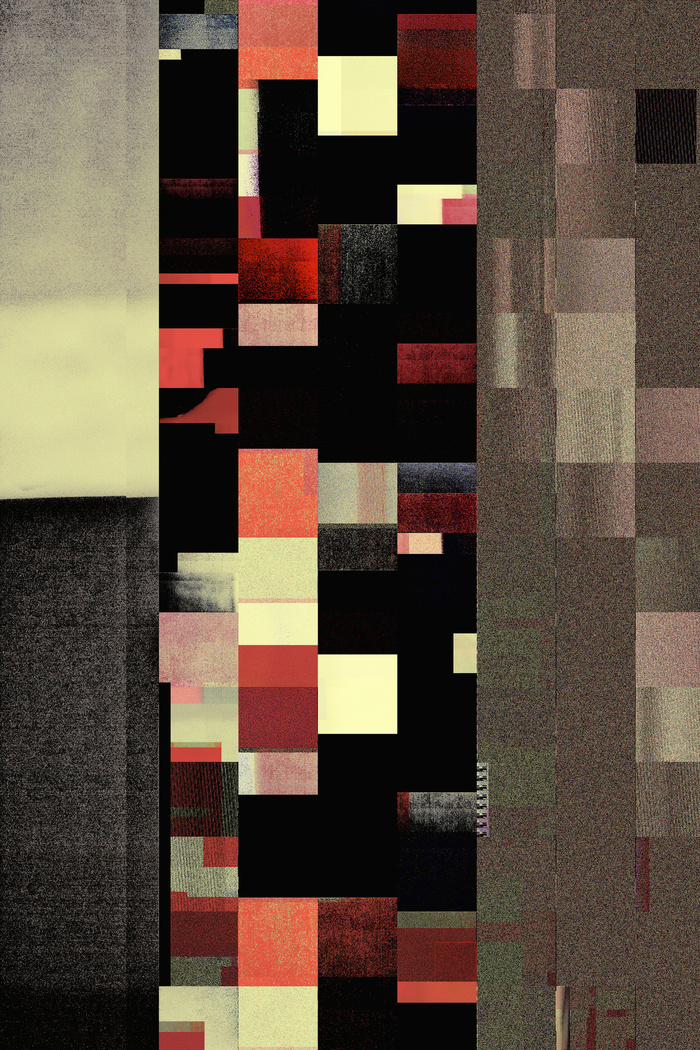
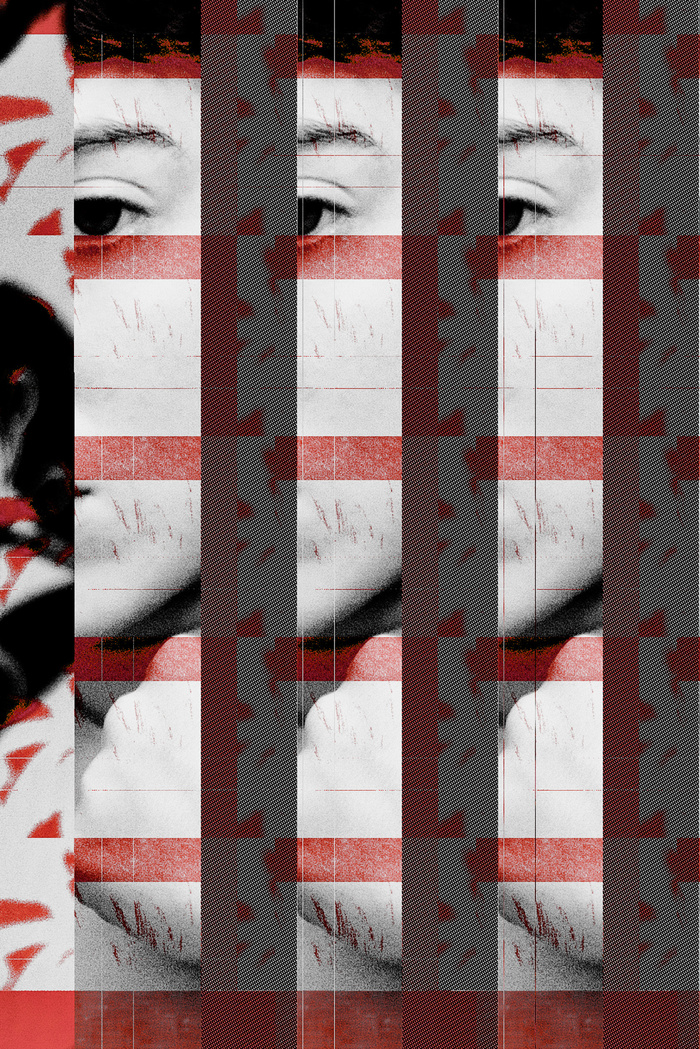
“The title for my Kickstarter project, Memories Corrupt has a double meaning. On one hand, it’s an oblique reference to the corrupted compact flash memory card that inadvertently introduced me to glitch art. It’s a celebration of digital malfunction — those rare moments where the devices we love fatally mistranslates the shot you intended to capture. On another level though, the title Memories Corrupt calls attention to the impermanence of human memory and the impossibility of reconstituting the experience captured in a frame.
This concept of memory corruption contrasts sharply with our default belief that the memories in our heads and hard drives are the true, authentic representations of our experiences. In actuality, our memories are in constant state of flux and reiteration. Chris Marker’s film Sans Soleil, a big inspiration for my glitch art project, eloquently explains this paradox. ‘We do not remember; we rewrite memory much as history is rewritten. How can one remember thirst?’ – Sabato Visconti
Phillip Stearns // “Fragmented Memory”
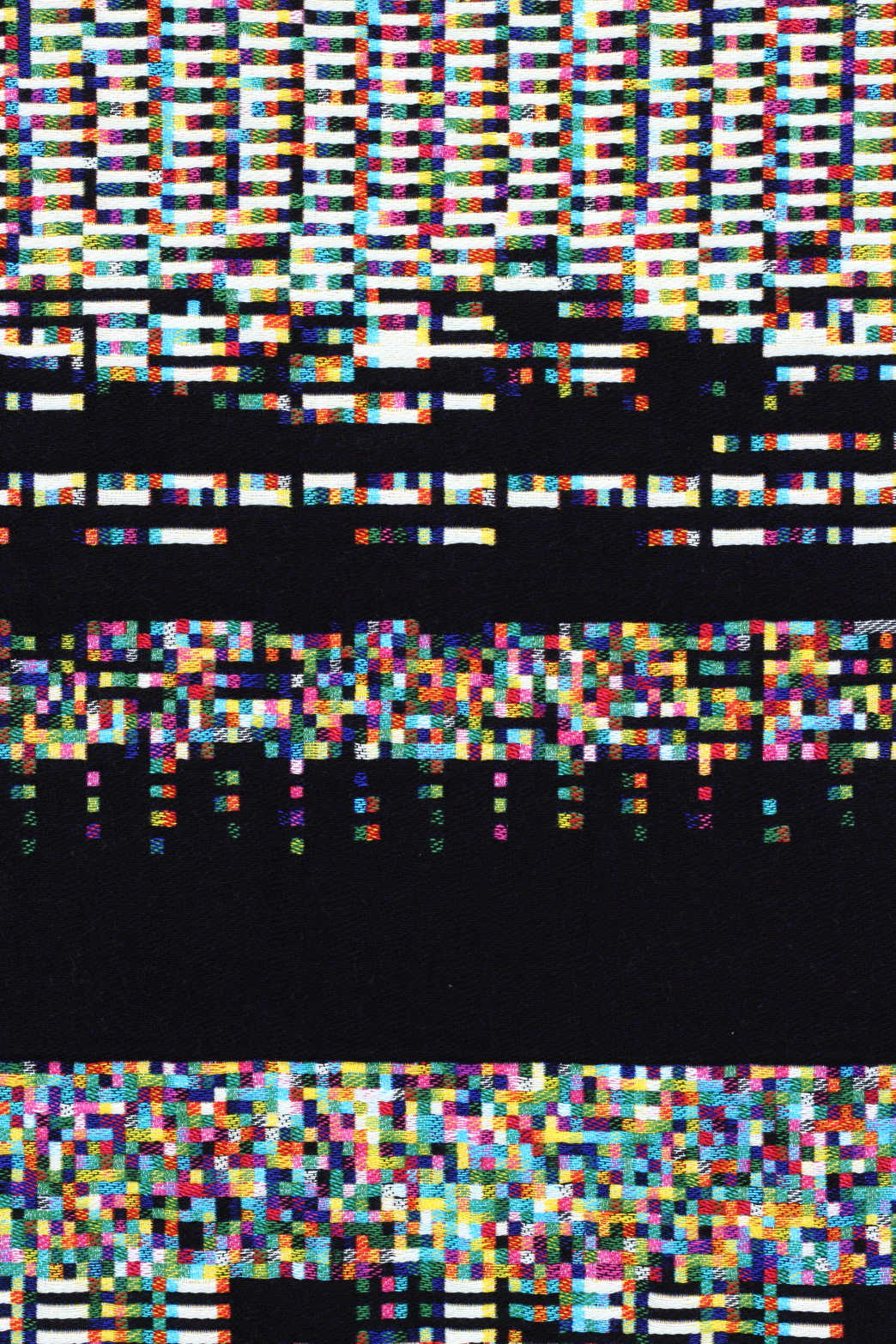
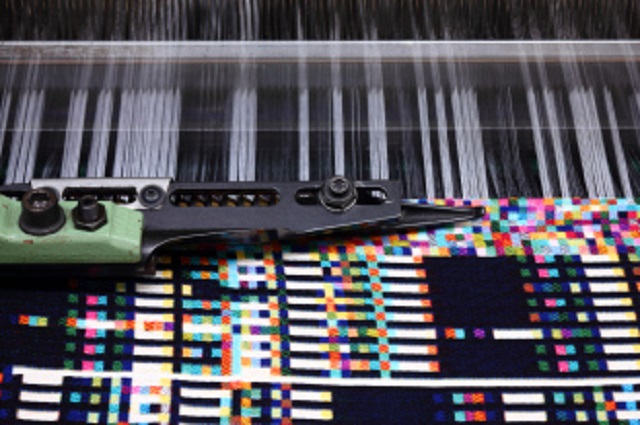
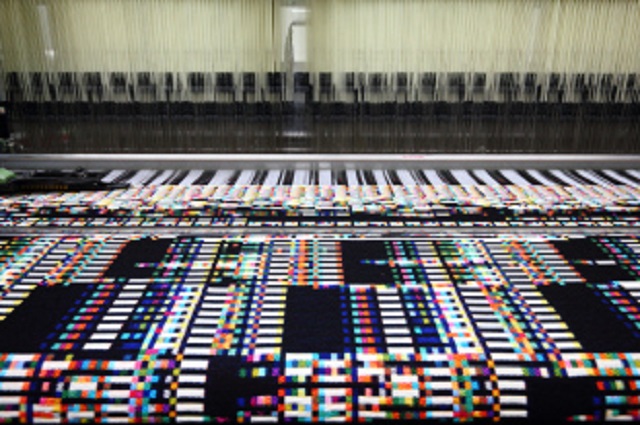
“I can’t take full credit for the pairing of glitch and textiles. I learned through Jeff Donaldson of the work done by Melissa Barron who used a TC-1 Jacquard loom to weave glitchy screen captures from Commodore 64 and Apple II computers. Jeff is the mastermind behind Glitchaus, a fashion apparel brand pairing NES and Atari glitches with knit textiles. Exposure to their work inspired me to explore weaving as an alternative to printing images that I was making with circuit bent digital cameras.
Inspiration for my latest work with textiles, Fragmented Memory, comes from understanding of the common historical roots of modern computational technologies and automated textile production through their use of the punched card. While this project isn’t glitch per se, in general, by working with textiles, my intent is not to take glitch out of a digital context, but to create a space in which we can enrich our understanding of the relationships between digital culture, technologies, and manufacturing techniques, as well as how those relationships have evolved together.
Computational technology arrived to us as a slow development, one that begins, perhaps, with the idea of counting. Computation itself and how it has come to exist in our modern devices is a story that evolves from every aspect of the human condition. It was my hope that on some level, by translating glitches and raw binary data into textiles, I would be able to make clear just how human computation and digital technologies have always been.” – Phillip Stearns

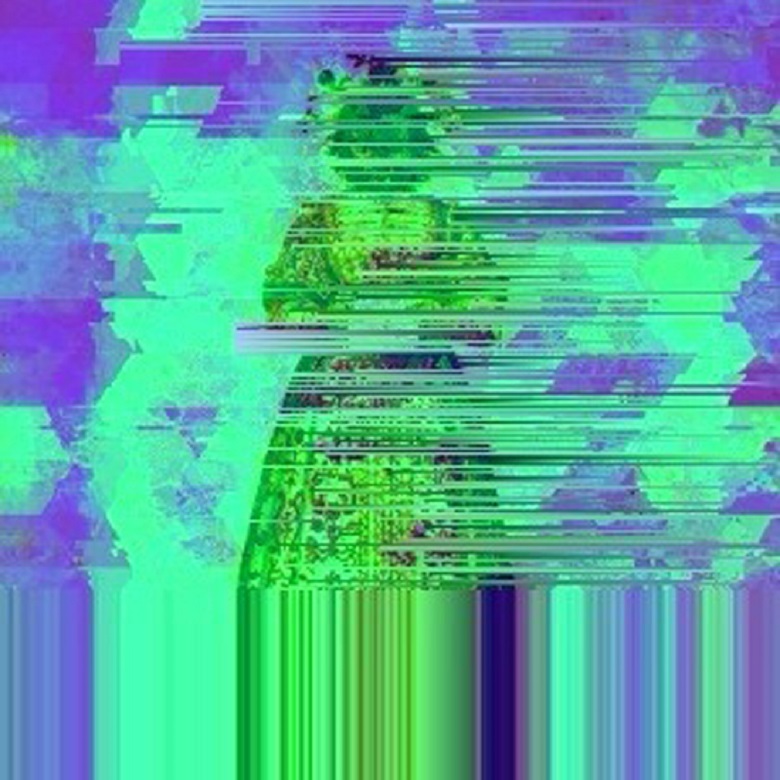






[…] The Radical Capacity of Glitch Art: Expression through an Aesthetic Rooted in Error: http://www.redefinemag.com/2014/glitch-art-expression-through-an-aesthetic-rooted-in-error […]
[…] Lital. (2014) The Radical Capacity of Glitch Art. Redefine Magazine (Online) – http://www.redefinemag.com/2014/glitch-art-expression-through-an-aesthetic-rooted-in-error/ – Accessed […]
[…] – Redefine Magazine – American Online Publication – Interview […]
[…] Sabato. In Khaikin, Lital. (2014) The Radical Capacity of Glitch Art. Redefine Magazine (Online) http://www.redefinemag.com/2014/glitch-art-expression-through-an-aesthetic-rooted-in-error/ – Accessed […]
[…] http://www.redefinemag.com/2014/glitch-art-expression-through-an-aesthetic-rooted-in-error/ – Accessed […]
[…] Lital Khaikin’s superb rundown of “glitch” as a mode of representation in Redefine, “The Radical Capacity of Glitch Art: Expression through an Aesthetic Rooted in Error,” we’re introduced to an impressive range of professional “glitch” artists whose goals with […]
[…] http://www.redefinemag.com/2014/glitch-art-expression-through-an-aesthetic-rooted-in-error/ […]
[…] Boone cites “The Radical Capacity of Glitch Art: Expression through an Aesthetic Rooted in Error“. […]
[…] Sotiraki cites my article from February 2014, for Redefine Magazine: “The Radical Capacity of Glitch Art: Expression through an Aesthetic Rooted in Error“. […]
[…] ARTICLE: THE RADICAL CAPACITY OF GLITCH ART: EXPRESSION THROUGH AN AESTHETIC ROOTED IN ERROR // for REDEFINE […]
[…] the full article here: The Radical Capacity of Glitch Art: Expression through an Aesthetic Rooted in Error […]